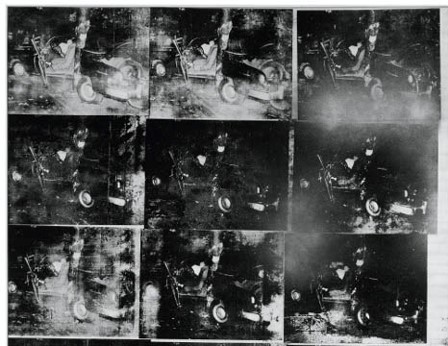
The rapid spread of the coronavirus is having a devastating impact on all business sectors and is throwing the economic outlook into uncertainty. Arguably, no other manufacturing sector has been impacted more than auto manufacturers and their suppliers.
Automakers are seeing their revenue and profitability nearly disappearing overnight as potential buyers are stuck in lockdown and shun spending large amounts of cash.
And car manufacturers are also bearing the financial burden of supporting tens of thousands of furloughed employees.
The cost of staying closed is enormous. US automakers burn roughly $130 million every day even when their assembly lines are idle. The companies are running out of cash as they are waiting to restart production and spark sales.
The trajectory of the recovery is uncertain. Some hope for a relatively short downturn and a quick V-shape recovery, while other models predict a prolonged and much more painful recovery. Either way, restarting production will require significant spending to recall workers, restart supply chains and logistics, and get assembly lines humming again.
Even before the recession, industry analysts had concerns about the future of major auto manufacturers. Their hubris and complacency resulted in the late and slow adoption of new technologies and business models. They dragged their feet assuming Tesla will never make it the market, and now they have to compete with a well-entrenched competitor that puts them in a reactionary mode. This culture seems to also influence automakers’ approach to the development of connected cars and infotainment systems.
The auto industry is facing a short-term crisis and a long-term decline. While preserving cash is paramount and returning to production very soon is critical, automakers must use the crisis as a catalyst for long term change.
But in an industry that is considered the epitome of “not invented here,” this is not going to be a smooth sailing.
Invest Wisely
Automakers should avoid slashing investment haphazardly and too aggressively across the board, as they did during the recession of 2007-2009. Specifically, they should make sure they keep the development of battery and electric propulsion technologies going and launch of new electric models. At the same time, this needs to be balanced against the recent rush to electrify the existing portfolio in a pseudo-competitive stance to appease investors.
Investing in core technology development is critical, especially in electrification, connected cars and autonomous operation. But that does not mean the best place to develop essential technologies and strategic intellectual property assets is in Detroit or even its R&D facilities in Silicon Valley and Israel.
The increased application of advanced technologies in future cars is attracting hundreds of high-tech companies, both established startups around the world. Carmakers must shake off the not-invented-here mentality that is leading them astray and seek to invest in these companies, partner with them, or acquire them at the right time. This will both accelerate and stem the high costs innovation: high tech companies have on average a 10% higher R&D spend than car companies and suppliers.
